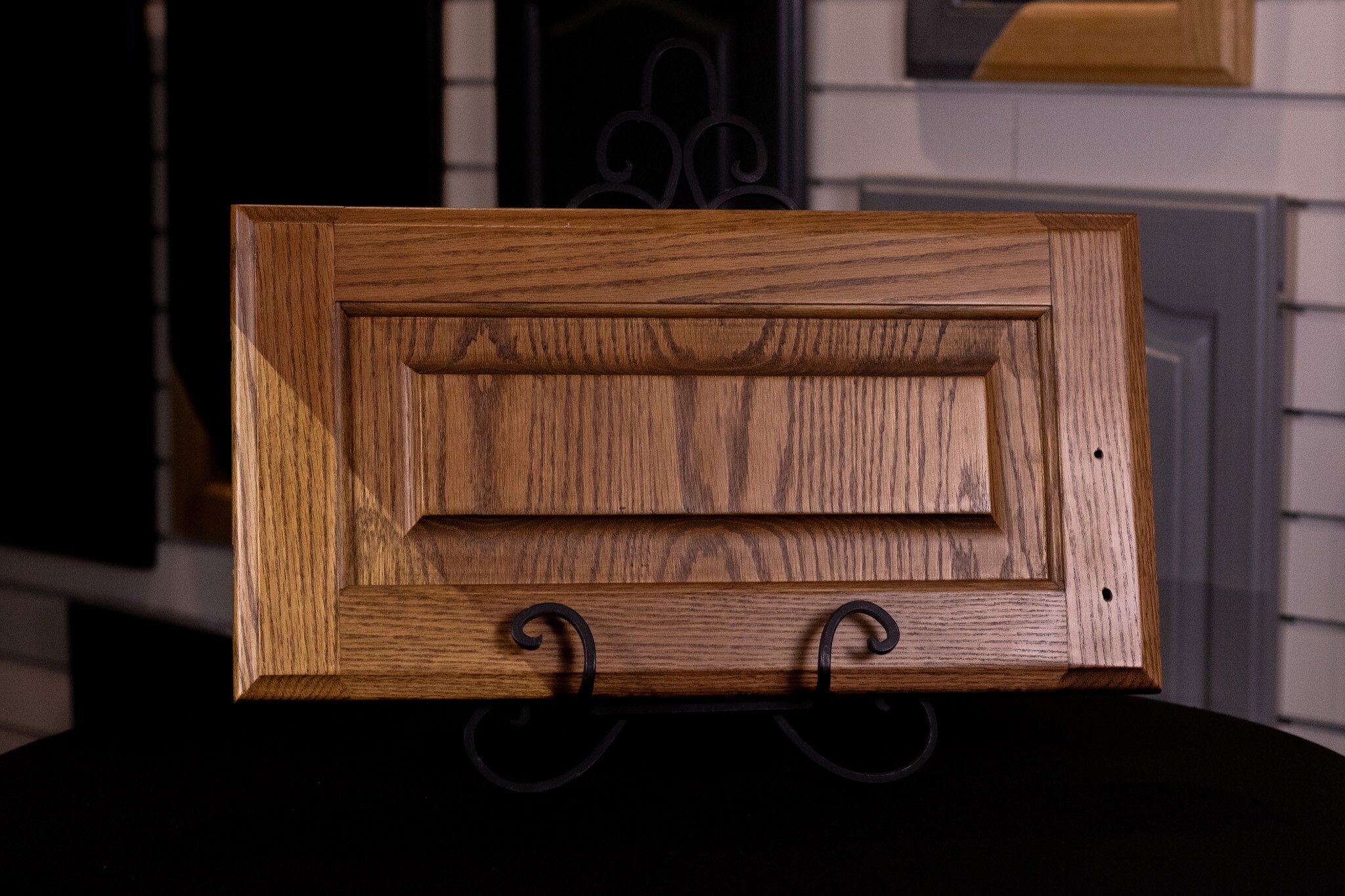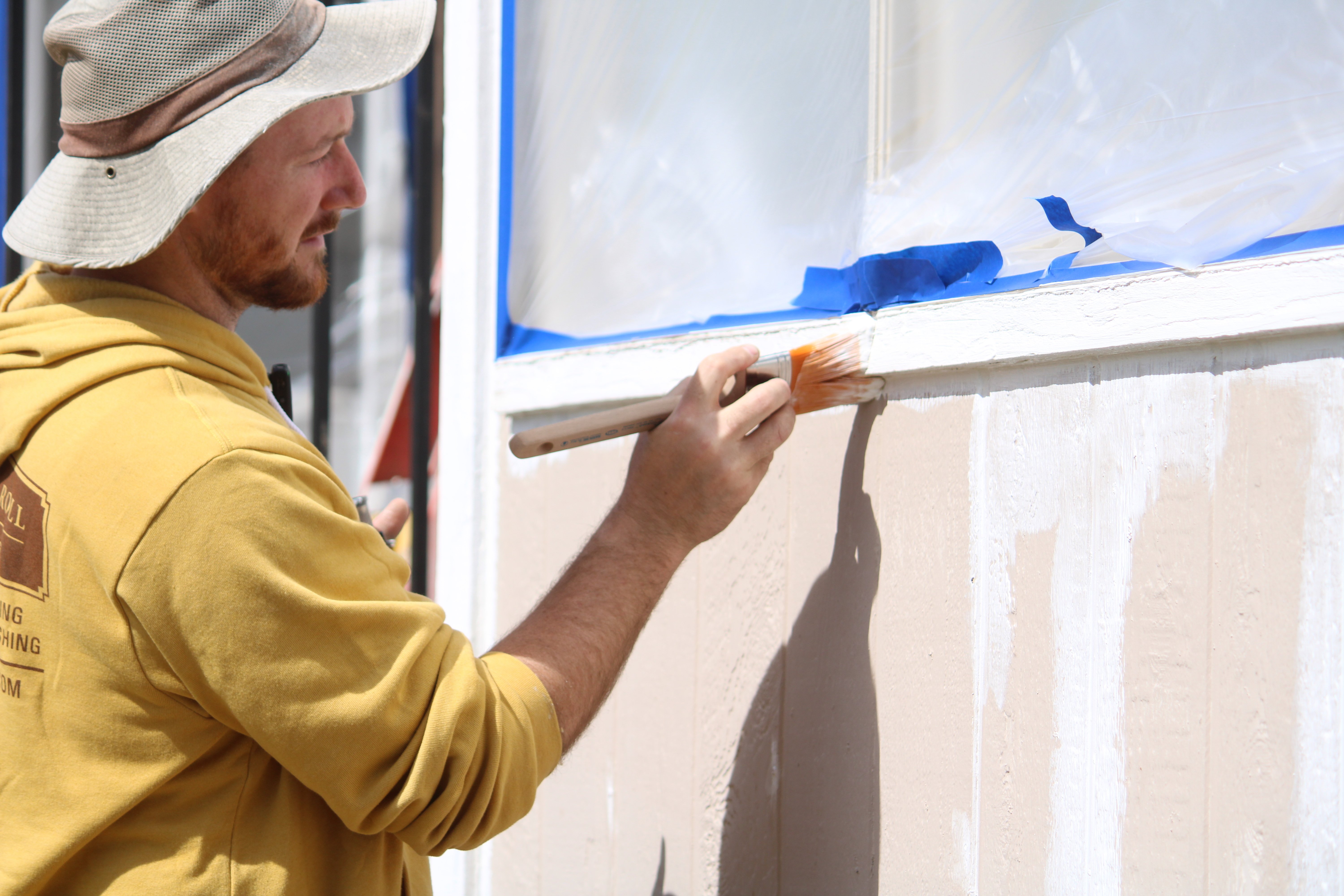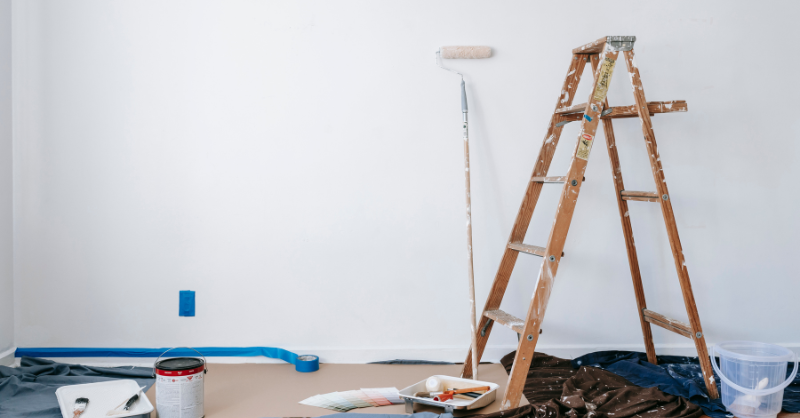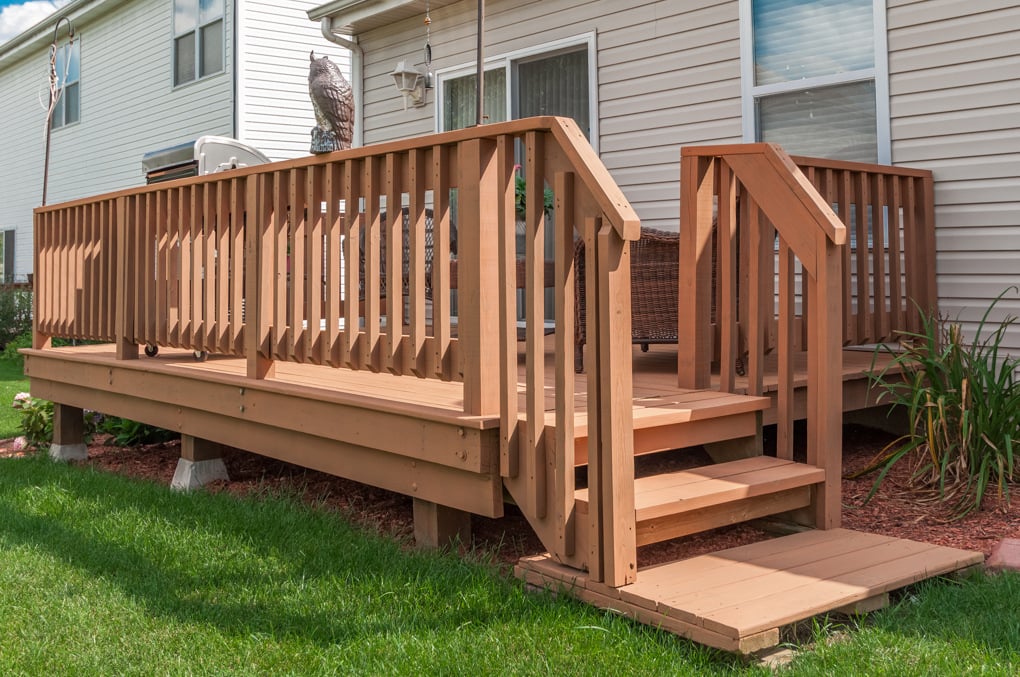How Long Does Stain on a Wood Deck Take to Dry?
August 18th, 2025
5 min read

You just had your deck stained, or maybe you spent the whole weekend staining it yourself. You step outside to enjoy the view and your heart sinks. Footprints, peeling, or tacky spots appear where someone stepped too soon. Whether it’s kids, pets, or the grill you forgot to roll back before the rain hit, timing the dry time wrong can undo all that hard work and money in an instant. If you’ve ever felt unsure about when it’s safe to walk on your newly stained deck, you’re not alone.
At Brush & Roll Painting, we’ve been staining decks across Omaha since 1996. Our crews work on everything from new cedar to 20-year-old weathered decks, and we know just how unforgiving Nebraska’s weather can be when it comes to drying times.
By the end of this article, you’ll know exactly how long a deck stain should dry before anyone walks on it. We’ll explain how drying time varies by product type, weather, and wood condition, plus share tips for both homeowners hiring a painter and those tackling the job themselves. Whether you’re planning your own weekend project or coordinating with a professional crew, you’ll walk away knowing how to keep your deck looking great from day one.
How Long Should You Wait to Walk on a Stained Deck?
Let’s get right to it: most deck stains need at least 24 to 48 hours to dry before they can be safely walked on. But that range depends on a few key factors.
Some water-based stains might dry to the touch in as little as a few hours, but that doesn’t mean they’re ready for foot traffic. Oil-based stains usually take longer, sometimes up to 72 hours, to fully cure. Walking on a deck too early can cause scuffing, peeling, or uneven sheen that’s difficult to fix.
So while 24 to 48 hours is the general range, you’ll want to adjust that based on the type of stain, the temperature, and the humidity level.

Why Weather in Omaha Makes a Difference
Nebraska summers can be humid, rainy, and unpredictable. And that matters.
Here’s how local weather affects stain drying:
- Humidity slows drying time. The more moisture in the air, the longer the stain will take to cure. On a humid day, even fast-drying products will need extra time.
- Sunlight speeds things up—but only when it’s not too hot. Direct sunlight can help stains dry faster, but extreme heat can actually flash-dry the surface and trap moisture underneath, leading to peeling later.
- Cool evenings can reset the clock. If you stain in the afternoon and temperatures drop suddenly at night, the curing process slows dramatically.
- Rain is a deal-breaker. If it rains before the stain is dry, you could end up with blotches, bubbling, or wash-off. That’s why checking the forecast before starting is so important.
In general, it’s best to plan your deck staining project during a stretch of 2 to 3 days with dry weather, moderate temperatures (between 60 and 85 degrees), and low humidity.
Water-Based vs. Oil-Based Deck Stains: Which Dries Faster?
Not all deck stains dry at the same speed. Here’s how they compare:
Water-Based Stains
- Dry to the touch in 1 to 2 hours
- Walkable in about 24 hours under ideal conditions
- Full cure in 48 to 72 hours
- Easier to work with in humid weather, but still needs at least a day to dry
Oil-Based Stains
- Dry to the touch in 6 to 10 hours
- Walkable in 48 to 72 hours
- Full cure in 3 to 7 days
- Richer penetration, but slower dry time, and more sensitive to temperature swings
If you’re hiring a professional painter, they should always account for these times when scheduling your project. If you’re doing it yourself, plan on staying off the deck longer than you think, especially if you’re using oil.
How Long Should You Wait Before Moving Furniture or Planters Back on Your Deck After Staining?
Even after a deck is walkable, that doesn’t mean it’s ready for heavy use.
For both water-based and oil-based stains:
- Wait at least 72 hours before placing back patio furniture, grills, or planters
- Avoid sliding furniture, even if it’s lightweight, to prevent scratching or gouging the finish
- Consider using furniture pads or outdoor rugs to protect high-traffic areas
Your deck may feel dry to the touch, but underneath, the stain is still curing. Give it time to fully harden before putting it to use.
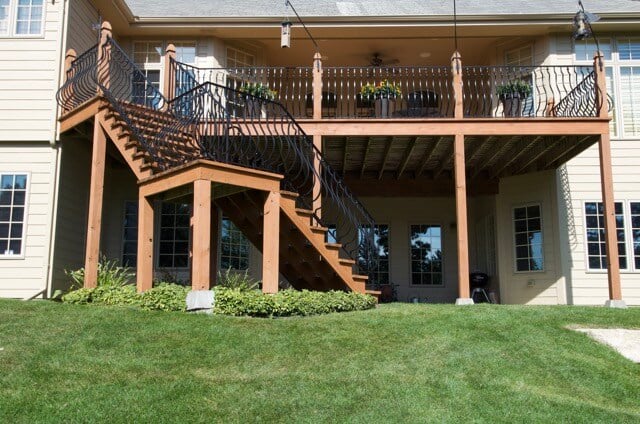
How to Tell If Your Deck Stain Is Dry
Here are some simple ways to test if your deck is ready for light foot traffic:
- Touch test: Lightly tap the surface with your fingers. If it feels tacky or leaves residue, it’s not ready.
- Shine test: If the stain looks glossy or wet in certain spots, it’s still curing.
- Smell test: Fresh stain has a distinct smell, especially oil-based. If the scent is still strong, the deck probably needs more time.
- Temperature test: Feel the wood with the back of your hand. If it feels noticeably cooler than the air, it’s still holding moisture.
If you’re ever in doubt, wait another 12 to 24 hours. It’s better to be safe than to redo the job.
Tips for Homeowners Hiring a Deck Painter in Omaha
If you’re hiring a painting company, make sure they include drying time in the schedule. A good crew will plan your project around the weather and explain when it’s safe to walk on the deck.
Ask these questions:
- How long before we can walk on the deck?
- What kind of stain are you using, and why do you use this kind?
- How do you protect the deck while it’s drying?
- Will you mark it off with tape or cones?
At Brush & Roll Painting, for example, we use professional-grade stains like PPG Paint’s Flood Stain. We also do a final walkthrough with our customers after the dry time is completed, so we know they are happy with the results. But no matter who you hire, you deserve clear answers on how to protect your investment.
-2.png?width=595&height=311&name=Blog%20Post%20Image%20Size%20(4)-2.png)
Advice For Deck Staining Yourself
If you’re tackling the project yourself, patience is your best tool. Here are a few helpful reminders:
- Check the product label. It will list recommended drying and recoat times.
- Keep kids and pets off the deck. Block entrances and use tape or signage.
- Be flexible. Drying times are rarely exact, especially in Omaha’s weather.
- Do not recoat too early. If you’re doing a second coat, wait until the first is fully dry, usually 24 hours later for water-based and 48 hours for oil-based.
- Test a small area. Before using the whole deck, walk gently on a small corner to check if it feels firm and dry.
Common Mistakes That Ruin a Wood Deck Stain
Whether hiring or doing it yourself, here are some mistakes that lead to drying issues:
- Walking on the deck too early
- Not checking the weather
- Staining when it's too humid or cold
- Applying too thick or too thin a coat
- Not allowing enough time between coats
Fixing a poorly dried deck often means sanding and starting over. That’s a lot of extra time and expense, especially for a project that could have been avoided with just one more day of patience.
How Long Should Deck Stain Dry Before Walking On It?
You started this article wondering when it’s safe to walk on a freshly stained deck. Hopefully, now you feel confident knowing the answer isn’t just about hours on a clock, it’s about the stain you choose, the weather in Omaha, and how you care for the deck during that first critical window.
Drying times typically fall between 24 and 72 hours, but no two decks are the same. Giving your deck extra time to dry can protect your stain job, save you money, and keep your space looking beautiful.
If you're hiring a painter, be sure they build drying time into the process and communicate clearly with you about when it's safe to use the space.
At Brush & Roll Painting, we've helped Omaha homeowners protect and restore their decks since 1996. We’re happy to guide you through what to expect during every phase of a deck staining project, without cutting corners.
Click the button below to get a quote from our team.
And whether you're hiring a pro or doing it yourself, don’t forget to download our free Deck Staining Project Checklist. It covers everything from prep to drying to long-term care so your deck stays in great shape year after year.
Kaylea is the Brush & Roll Painting Content Manager. Kaylea is a Journalism and Media Communications summa cum laude graduate with a minor in Marketing from the University of Nebraska at Omaha. Kaylea manages the marketing for Brush & Roll Painting.
Topics:







-Jul-23-2025-02-21-33-5468-PM.png?width=800&height=418&name=Blog%20Post%20Image%20Size%20(2)-Jul-23-2025-02-21-33-5468-PM.png)

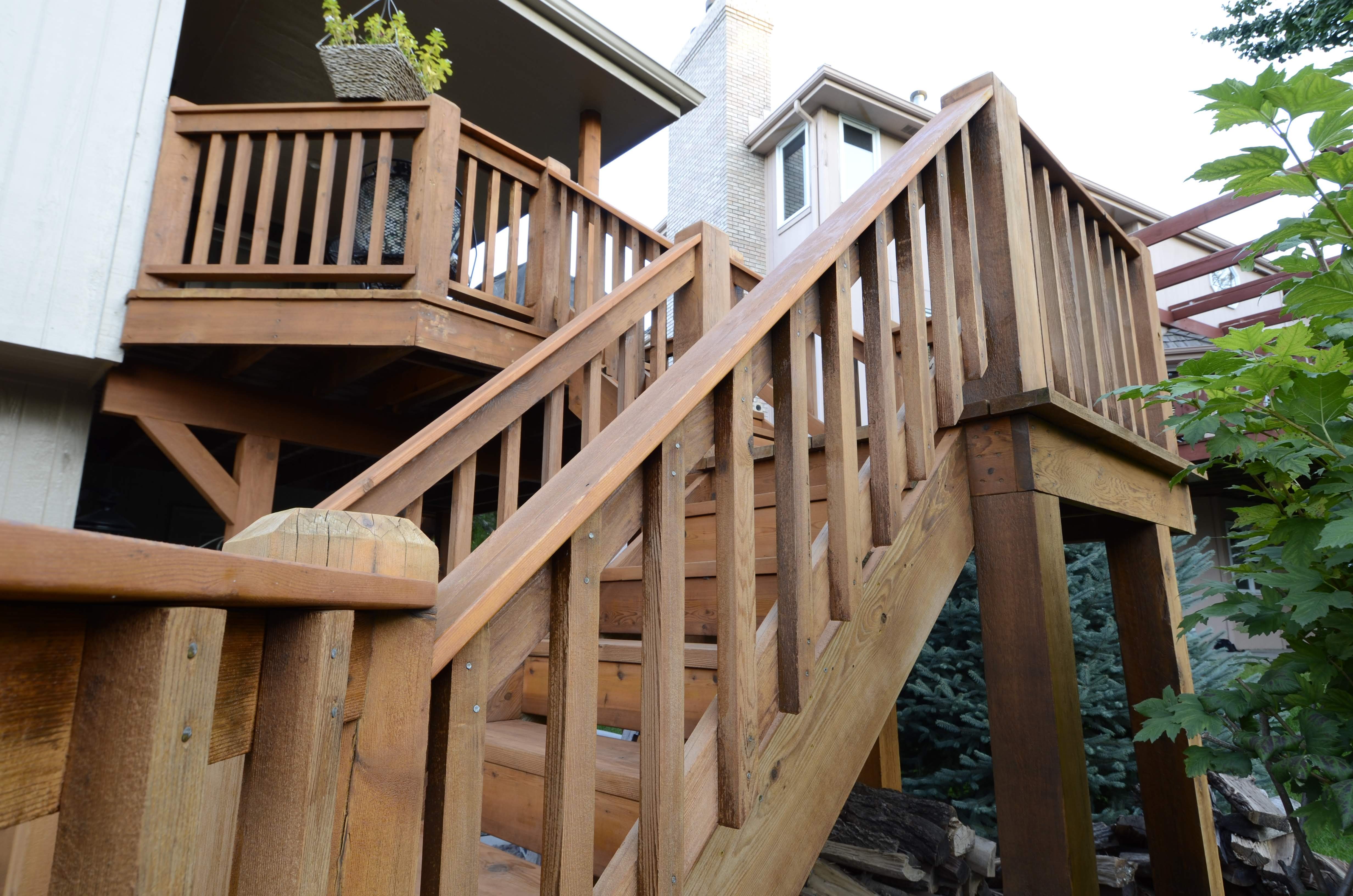
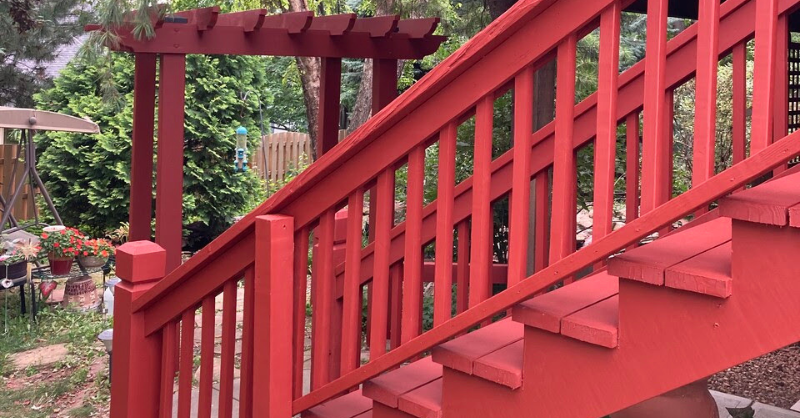
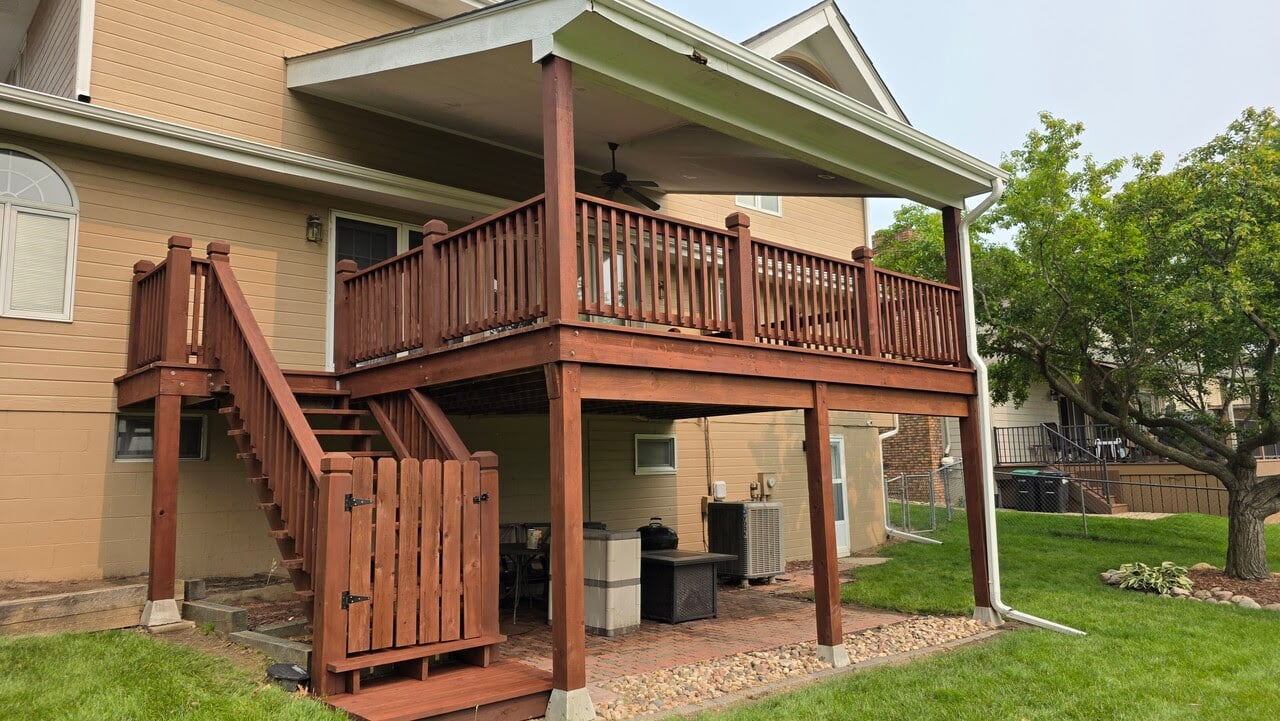
-Nov-06-2024-10-28-07-6666-PM.png?width=800&height=418&name=Blog%20Post%20Image%20Size%20(3)-Nov-06-2024-10-28-07-6666-PM.png)
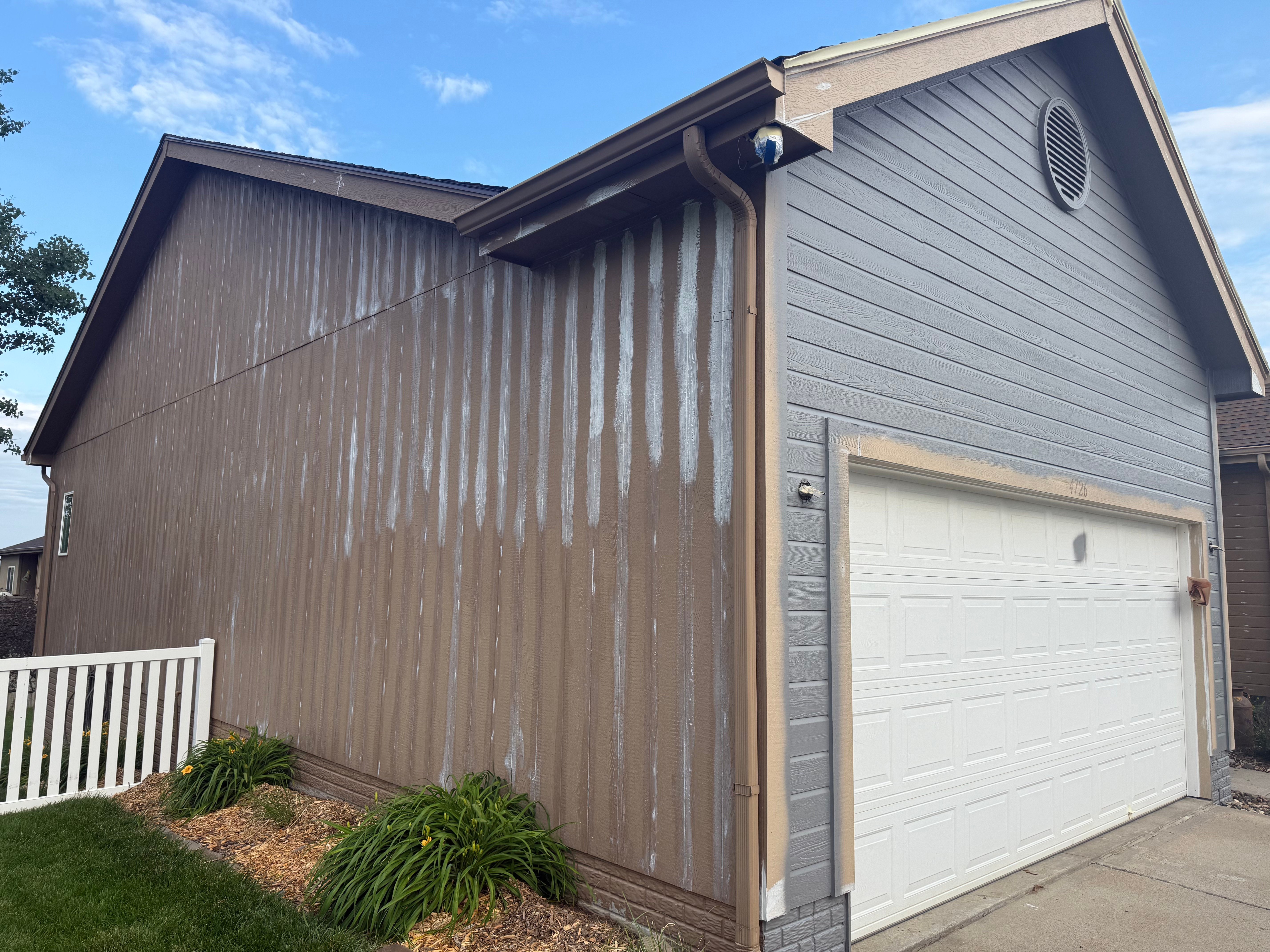
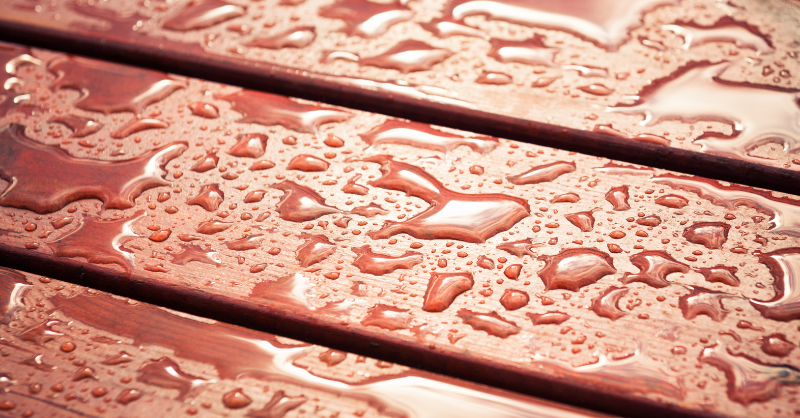
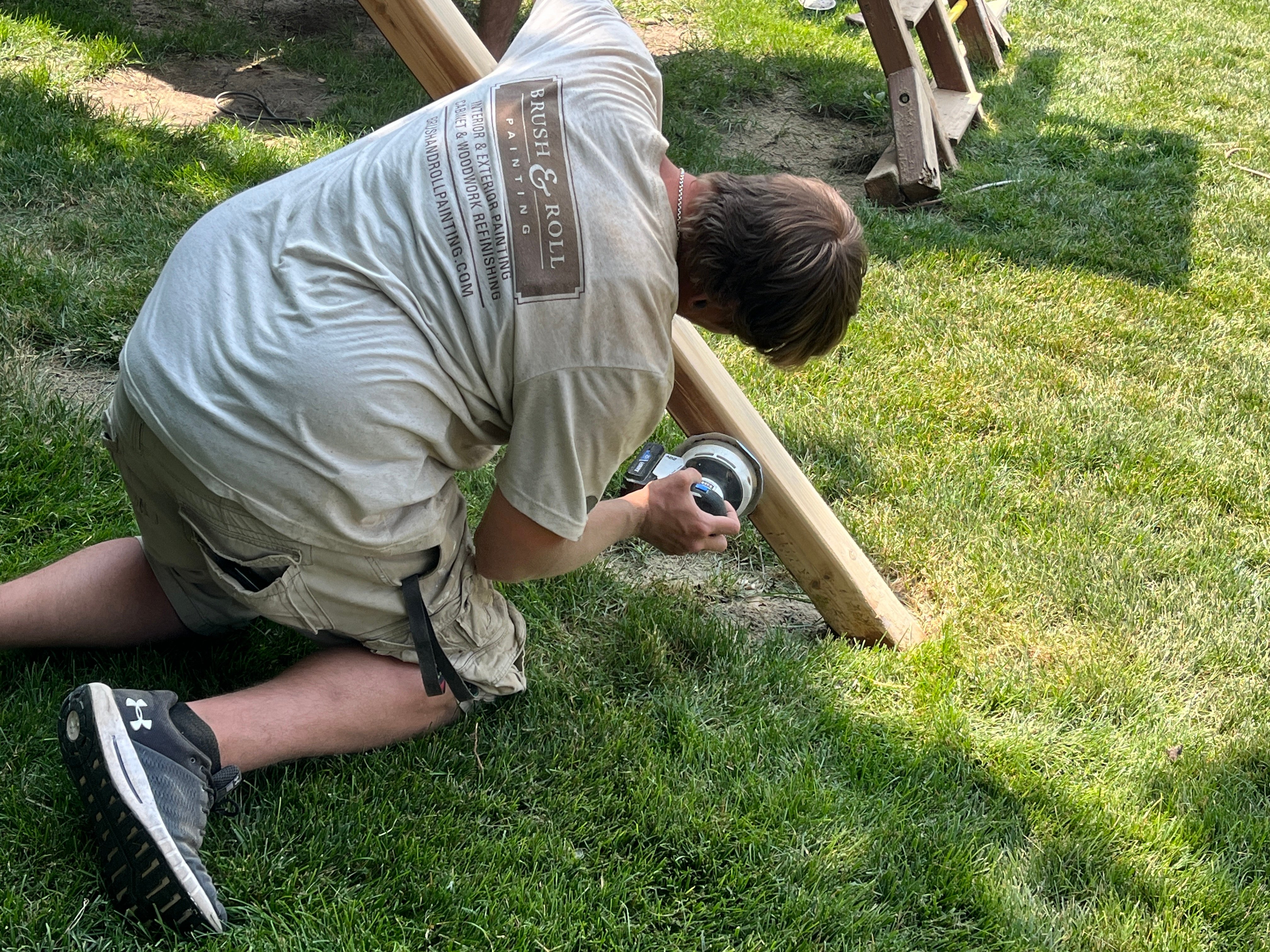
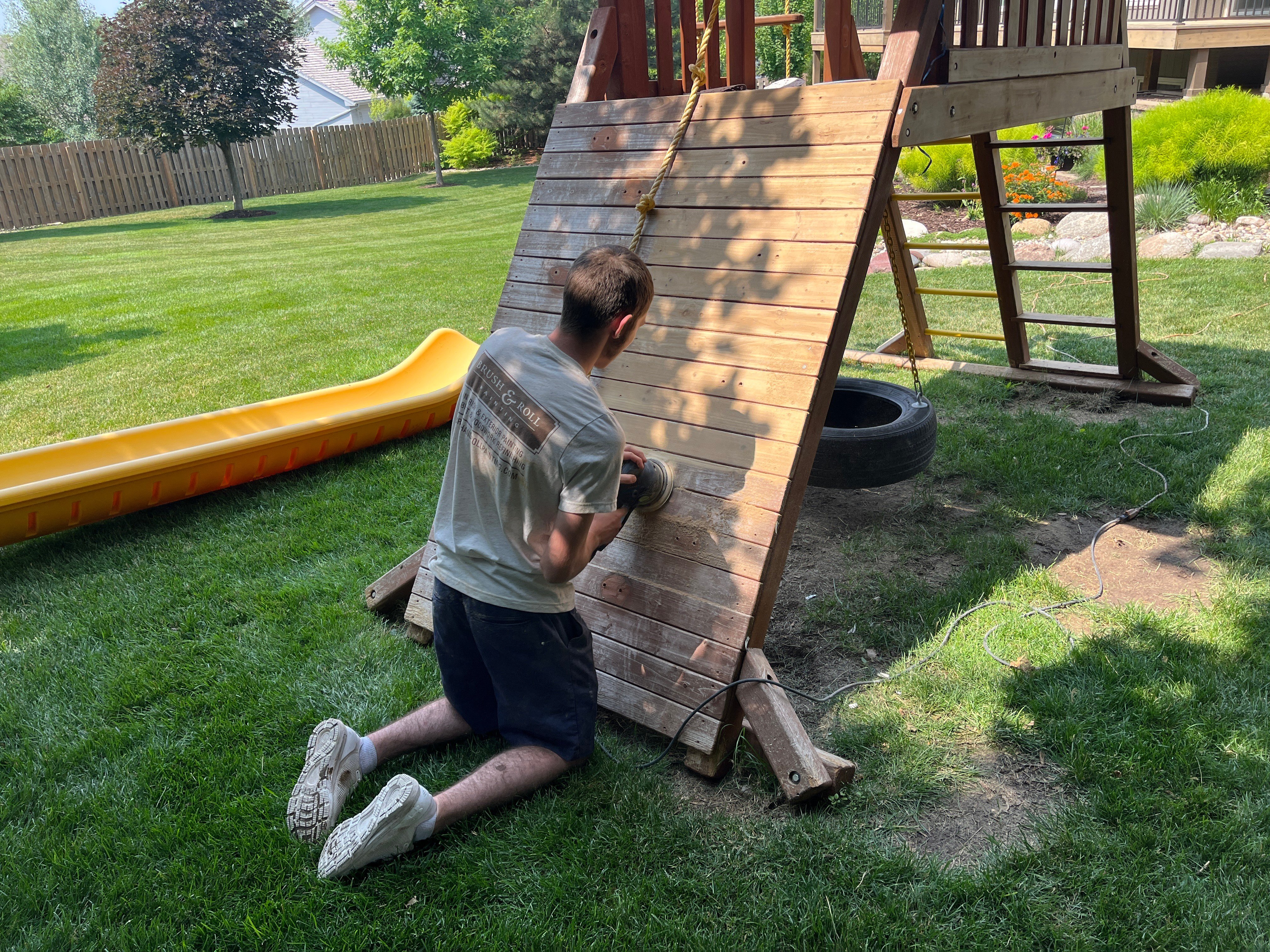
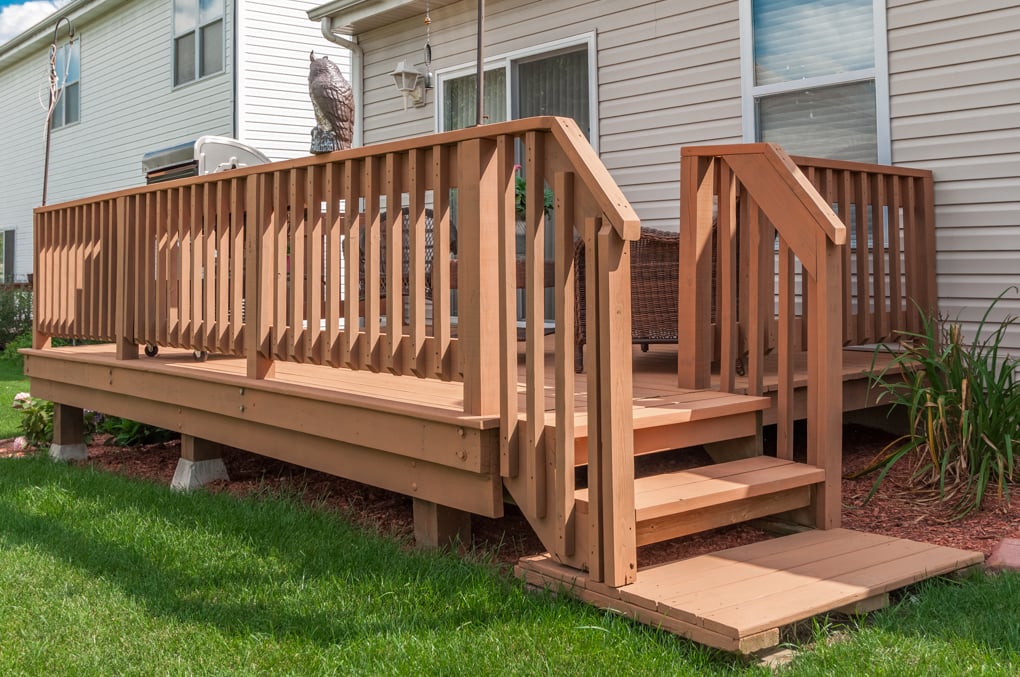
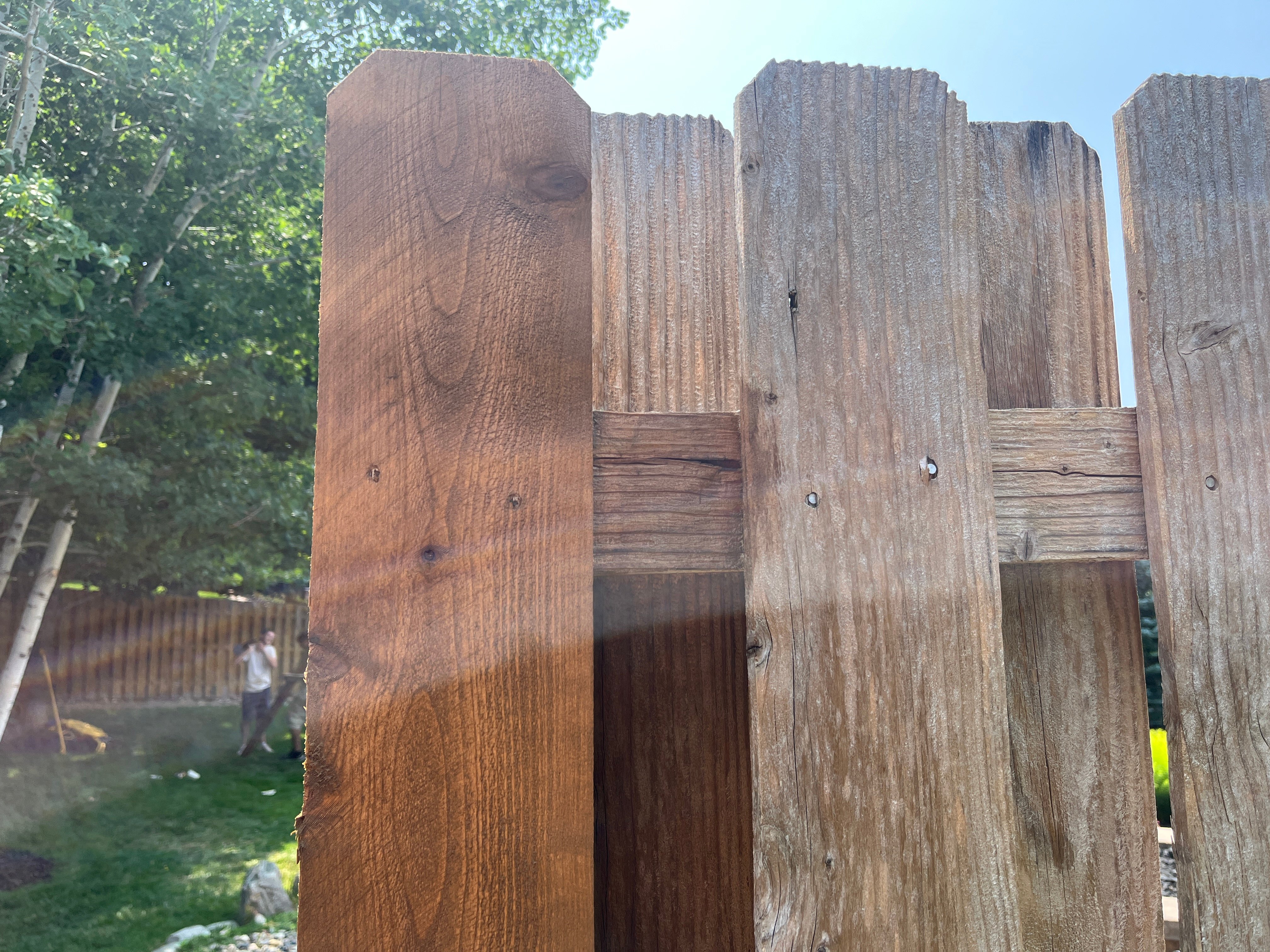

-May-09-2025-01-18-49-5418-PM.png?width=800&height=418&name=Blog%20Post%20Image%20Size%20(1)-May-09-2025-01-18-49-5418-PM.png)
-Apr-25-2025-01-50-55-6617-PM.png?width=800&height=418&name=Blog%20Post%20Image%20Size%20(1)-Apr-25-2025-01-50-55-6617-PM.png)
